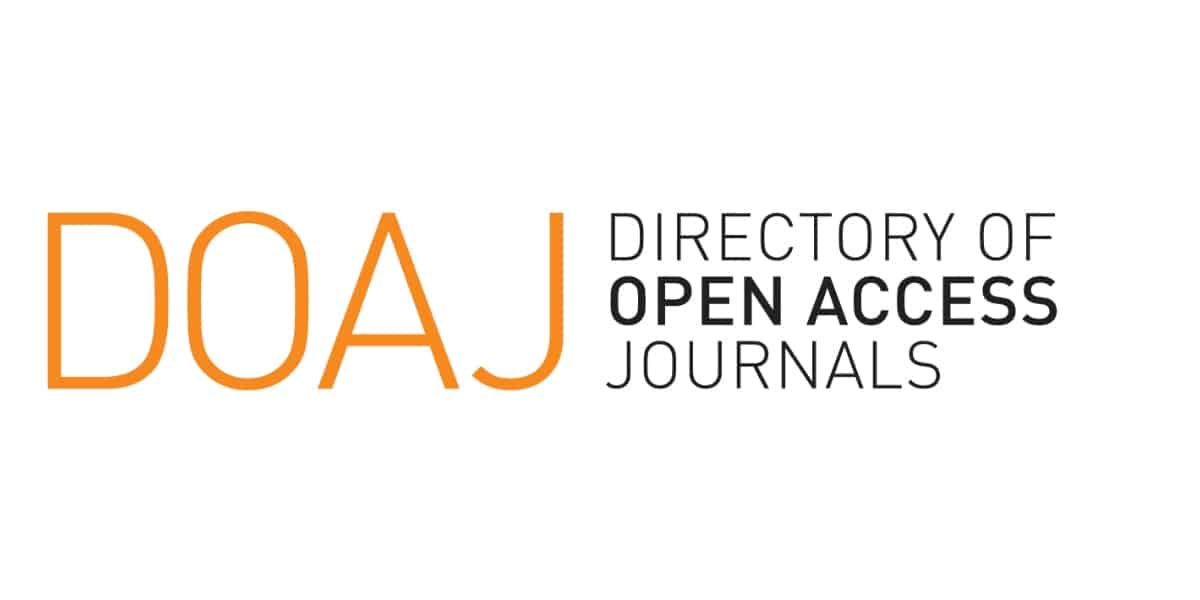Pemodelan Sebaran Polutan Udara dari Flarestack Menggunakan AERMOD di Onshore Receiving Facilities PT X
Keywords:
pemodelan sebaran udara, AERMOD, flarestack, NOₓ dan SO₂, analisis windrose, kualitas udara ambienAbstract
This study aims to model the dispersion of air emissions (NOₓ and SO₂) from the flarestack at the Onshore Receiving Facilities (ORF) of PT X using AERMOD software. Wind patterns affecting the emission distribution were analysed using WRPLOT View software. The modelling results were verified with ambient air quality measurements to ensure accuracy and reliability. The windrose analysis showed that wind directions shifted between semesters: west-to-east in semester I and east-to-west in semester II of 2023, affecting the dispersion patterns. Isopleth maps showed that NOₓ and SO₂ concentrations remained stable, with maximum concentrations of 0.28 µg/m³ and 0.028 µg/m³, respectively. Concentrations of both pollutants complied with Indonesia's air quality standards (Government Regulation No. 22/2021). However, actual ambient measurements showed higher concentrations due to external sources not included in the model. These results highlight the important role of meteorological factors in emission dispersion and the need for comprehensive pollution control strategies.
References
[1] International Energy Agency, Electricity information, France, 2010.
[2] H. Syukur, "Potensi gas alam di Indonesia," Jurnal Forum Teknologi, vol. 6, no. 1, pp. 64-73, 2016.
[3] H. Lin et al., "Analysis of feasible polygeneration system for power and methanol production taking natural gas and biomass as materials," Applied Energy, vol. 87, pp. 2846-2853, 2010.
[4] S. Mokhatab, Handbook of natural gas transmission and processing, Oxford: Elsevier, 2015.
[5] Ohio Environmental Protection Agency, Gas flare: Sistem keamanan dan pembebasan, Division of Air Pollution Control, 2014.
[6] S. O. Aghalino, "Gas flaring, environmental pollutions and abatement measures," International Journal of Energy Economics and Policy, vol. 2, no. 4, pp. 207-214, 2012.
[7] P. L. Spath and M. K. Mann, Life cycle assessment of a natural gas combined-cycle power generation system, Colorado: National Renewable Energy Laboratory, 2000.
[8] S. M. H. Erfani, S. Danesh, S. M. Karrabi, M. Gheibi, and S. Nemati, “Statistical analysis of effective variables on the performance of waste storage service using geographical information system and response surface methodology,” J. Environ. Manage., vol. 235, pp. 453–462, 2019.
[9] Kementerian Lingkungan Hidup, Peraturan Menteri Lingkungan Hidup Nomor 12 Tahun 2012 tentang Pedoman Penghitungan Beban Emisi Kegiatan Industri Minyak dan Gas Bumi, 2012.
[10] PT X, Laporan kajian LCA PT X 2019, 2019.
[11] EPA, "Revision to the guideline on air quality models: Adoption of a preferred general-purpose (flat and complex terrain) dispersion model and other revisions," Federal Register, vol. 70, no. 215, pp. 68218-68261, 2005.
[12] A. S. Rood, "Performance Evaluation of AERMOD, CALPUFF, and Legacy Air Dispersion Models Using the Winter Validation Tracer Study Dataset," Atmos. Environ., vol. 89, pp. 707-720, 2014..
[13] G. P. Steven et al., "AERMOD: A dispersion model for industrial source applications. Part II: Model performance against 17 field study databases," Journal of Applied Meteorology, vol. 44, pp. 694-708, 2004.
[14] C. Langner and O. Klemm, "A comparison of model performance between AERMOD and AUSTAL 2000," Journal of the Air & Waste Management Association, vol. 61, no. 6, pp. 640-646, 2011.
[15] R. Ismahani and W. Anurogo, "Pemodelan AERMOD Untuk Proyeksi Pola Penyebaran Emisi Heat Recovery Steam Generator PT X dan PT Y," Indonesian Journal of Conservation, vol. 11, no. 2, pp. 51-63, 2022.
Downloads
Published
Issue
Section
License
Copyright (c) 2024 Mochammad Yordan Royan Futari, Munawar Ali (Author)

This work is licensed under a Creative Commons Attribution 4.0 International License.
















